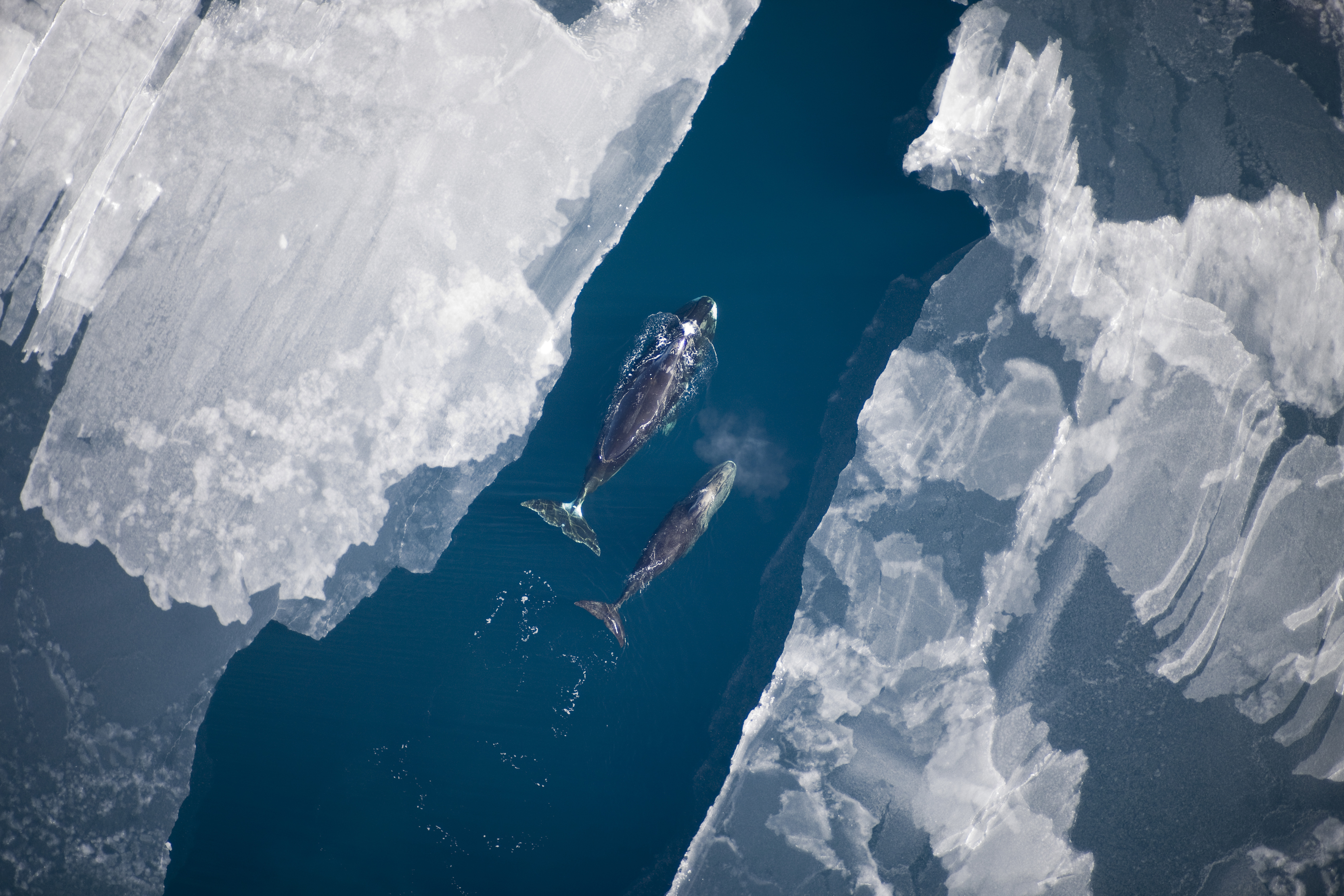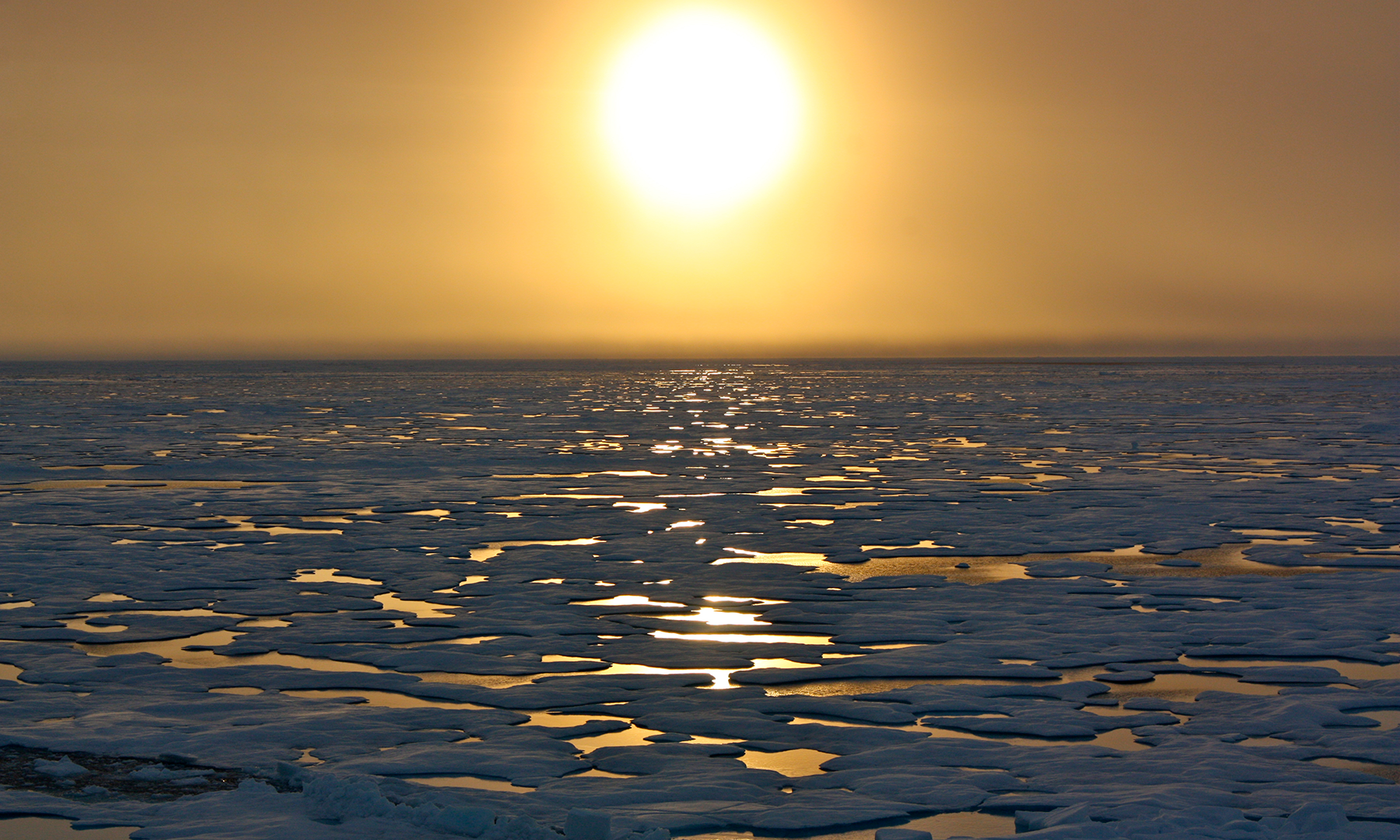6 Arctic Myths that Need Debunking
Published by Ocean Conservancy
The Arctic spans roughly 5.5 million square miles at the top of the globe. Its icy waters are home to supremely adapted wildlife including bowhead whales, narwhals, walruses and ice-dependent seals. The region also provides vital summer habitat for migratory species such as gray whales and millions of birds.
After working on Arctic issues for more than a decade, I’m astonished at the lingering myths and falsehoods that still resonate with people I encounter. Let’s put some of these myths to rest—and set the record straight—once and for all!
1. Say HELLO to Penguins
No. Penguins do NOT live in the Arctic. You may have mistakenly seen cartoons of penguins and polar bears living side-by-side in the snow, but this is incorrect. While polar bears and some penguins do indeed live in snowy habitat, they live on opposite poles of the Earth. Polar bears live in the Arctic (north) and penguins live south of the equator.
2. No One Lives in the Arctic
Again, not true at all! Nearly four million people live in the global Arctic. The U.S. Arctic includes robust and resilient communities that are home to Alaska Natives including Inupiat, Yupik and Siberian Yupik peoples. Some Alaska Native villages are thought to be among the oldest continually inhabited communities in North America. Indigenous residents of the Arctic have adapted—and are still adapting—to major changes in their environment even as they continue to carry out traditional subsistence hunting, fishing and cultural practices.


3. It’s ALWAYS Cold
Wrong! Summer temperatures in the Arctic can get well above freezing and even into the 80s and above, depending on where you are. Inland extremes tend to be warmer in summer and colder in winter than the coasts, because the ocean tends to moderate the temperature.
4. What Happens in the Arctic, Stays in the Arctic
Not true! As inhabitants of Earth, we are all connected! Climate change is affecting the Arctic more quickly than almost any other part of the planet. Water and air temperatures are rising quickly and sea ice is diminishing rapidly. Scientists warn that the Arctic Ocean may be ice-free in the summer by 2040. But, the changes that are happening in the Arctic don’t just affect the Arctic. Our planet is an interconnected system. Changes happening in the Arctic affect all of us, no matter where we live. Impacts may include sea level rise, coastal flooding, changing weather patterns and more devastating storms.
5. Melting Sea Ice Causes Sea Level to Rise
Nope, not true! Sea ice is already floating on the ocean, so when it melts it doesn’t change sea level—just as ice cubes floating in a full glass of water don’t cause the water to overflow when they melt. However, the melting of land-based ice, such as mountain glaciers and the big ice sheets of Greenland and Antarctica, does cause the sea level to rise. In addition, warming ocean temperatures also contribute to sea level rise because water expands when it gets warmer.


6. The Arctic is a Place of Extraordinary Abundance
Not always. Low temperatures and winter darkness generally don’t make for productive ecosystems. While there are locations of extraordinary abundance in the Arctic, overall it’s far less biologically productive than temperate and tropical latitudes. That said, many places in the Arctic experience an incredible burst of productivity in the summer months. A range of animals—from enormous whales to tiny birds—migrate north to take advantage of this burst of summer productivity to feed, breed, and raise their young.
Sign up for our emails!
Now that we’ve put to rest six myths, here’s a bonus fact that’s 100% true:
Arctic Animals Have Remarkable Adaptations to the Cold
There’s no doubt about it: Arctic animals are supremely well-adapted to their environment. For example, beluga whales have a layer of blubber that’s five inches thick and a dorsal ridge atop their backs to help navigate through the bitterly cold, choppy waters of the Arctic. Walruses use their mighty tusks to help get around on the ice. They also use them to break up ice and to haul themselves out of the water. And polar bears have a protective outer fur coat paired with an undercoat and dense layer of fat. Beneath the thick coat of fur, polar bears have black skin—to better absorb the sun’s warmth.
Also No Myth: The Arctic Needs Your Help
The Arctic is an extraordinary place—and it needs your help to ensure it stays that way. Without careful planning, management and regulation, industrial activities like oil drilling, shipping and fishing could have dire consequences for a region that is under enormous stress from climate change and increasing acidification. And that could affect all of us, no matter where we live.
We can work together to safeguard the Arctic. Help Ocean Conservancy protect the Arctic.
The post 6 Arctic Myths that Need Debunking appeared first on Ocean Conservancy.
Read the full article at: https://oceanconservancy.org/blog/2019/06/06/6-arctic-myths-need-debunking/



